

|


|
Tamiya British Tank Centurion Mk.III - Complete Kit - 56604
|
Released by Tamiya on December 23, 2017, the British Tank Centurion Mk.III (#56604) is based on a plastic tub chassis, with a rear-mounted double gearbox driven by two 280 electric motors, that operate together or individually to produce forward/reverse running and pivot turning.
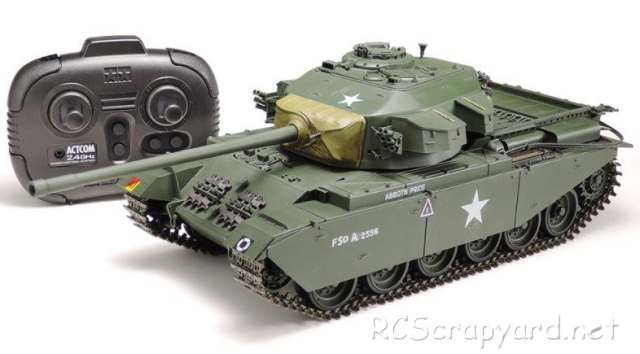
Developed to meet the ever-improving threat of German armor, the Centurion evolved into the British main battle tank in the post-WWII era. The Mk.III was perhaps the most polished Centurion variant, upgunned with the powerful 20 pounder gun; it was deployed in the Korean War and was regarded by many as the lynchpin of the Allied forces on the peninsula. Some 2,800 Mk.III Centurions were produced between 1948 and 1956. Deployed not just by Britain but also by clients such as India, Israel and Egypt, they were a formidable force in whatever military's colors they were used.








|
|
|

|
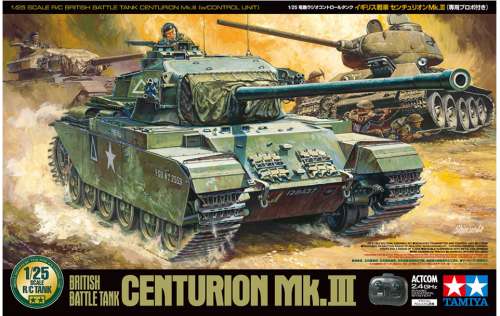
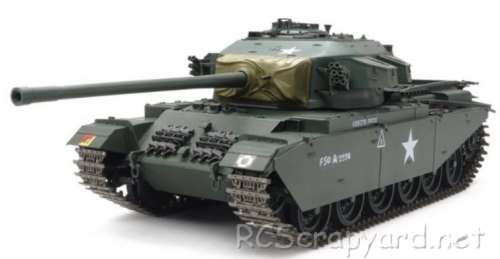
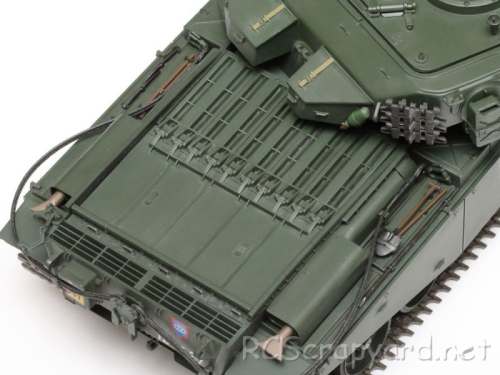
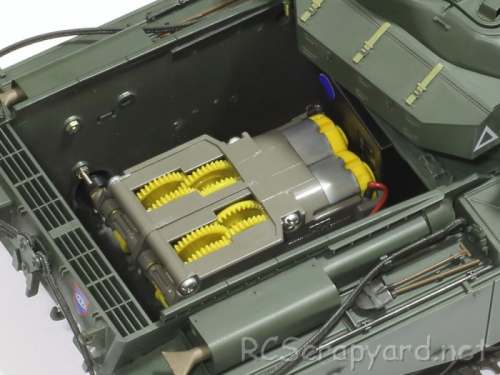
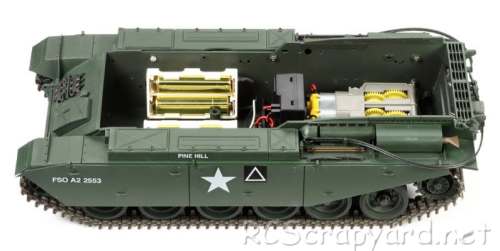
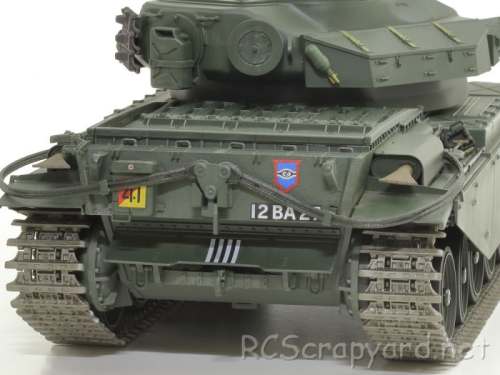
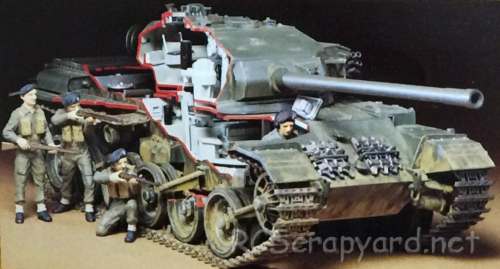
|
Hints, Tips and Information
How to avoid Radio Interference
1/ The first consideration when installing your Receiver into your Electrically Powered Model is to make sure it is well away from the Negative Battery terminal, and the Motor. The Magnetic field can cause stuttering type interference at times of high current draw (i.e., Fast Acceleration) |









|






|
|
|
|
Hints, Tips and Information
Your First Race Meeting
When you finally find a racing club near to where you live, that initial experience of stepping up onto the rostrum and looking down over the track can be very daunting. But soon, as the race starts, adrenaline will kick in and away you go. For the next five minutes, your focus is on nothing but getting your car around each corner, avoiding all the other cars on the track and just getting to the end of the race. |
|
Hints, Tips and Information
Ride Height
To allow the suspension on any RC model to do its work properly, it needs to ride in a position where it is able to react to any bumps and holes it may encounter on the track. Therefore, it needs to be adjusted to somewhere in-between those limits. That position is commonly termed "ground clearance" or "ride height" and is generally measured as the distance between the underside of the chassis and the ground, with the motor and battery etc installed. |
|
RC Models:
|
Radio & Motors: |
Other
Accessories: |